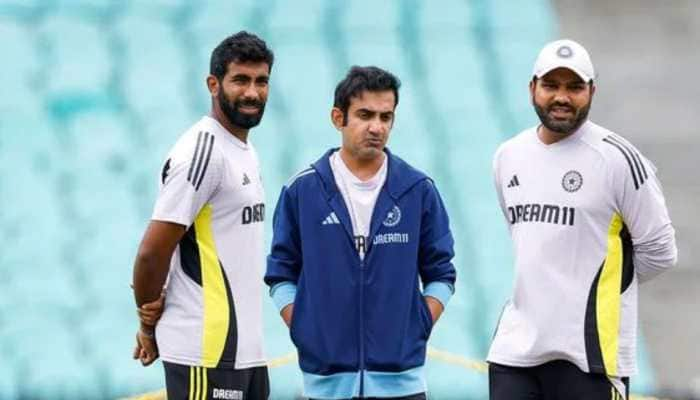Quit India movement: The watershed moment in Indian freedom struggle
Quit India Movement was the most radicalized Gandhian movement against Britishers where he gave the slogan 'Do or Die
- The resolution of the Quit India movement was passed on the 8th of August 1942 at Mumbai session AICC
- Gandhiji gave the mantra of 'Do or Die I.e., either we will get the independence or will die trying
- Usha Mehta was associated with the Congress Radio station while Sucheta Kriplani and Aruna Asaf Ali took part in the underground movement
Trending Photos
) Zee News representational image (File photo)
Zee News representational image (File photo) New Delhi: The Quit India movement was launched by Congress under the leadership of Mahatma Gandhi to expel the Britishers from India. The resolution of the Quit India movement was passed on the 8th of August 1942 at the Mumbai session of the All India Congress Committee (AICC). Gandhiji gave the mantra of 'Do or Die i.e., either we will get the independence or will die trying. He advised government servants not to resign but to declare their allegiance to Congress. He asked soldiers not to leave the army but not to fire on compatriots.
He requested princes to support the masses and accept the sovereignty of the people. Further, he also asked students to leave their studies and participate in the movement if they were confident. There were several factors and events which led to the Quit India movement. Most prominent being the colonial character of British rule, which was despotic, ruthless, discriminatory, and suppressive towards Indians.
Secondly, the Failure of the Cripps Mission to satisfy the aspiration of Indians: When Indians were demanding complete Independence, it proposed dominion status and the formation of a Constituent Assembly after the war. Due to these, it was termed a 'post-dated cheque' by Gandhiji.
Thirdly, Indians had lost faith in the British Raj. Indians supported Britain in the first World War but the British did nothing to remove the suffering of Indians. Therefore, the removal of the British Raj was seen as the only solution.
The British government was taken aback by such unity among the people. So, the movement saw heavy repression by the British government. Leaders like Gandhiji were arrested to crush the movement.
Despite being unsuccessful in achieving the goal of immediate independence, the movement was highly significant. Firstly, it greatly radicalized the anti-British struggle. Despite violent incidents, the movement was never suspended or called off, it led to a nationalist awakening to new heights as even bureaucracy and soldiers got affected.
Secondly, the British administration got paralyzed in many places and parallel governments were formed like in Balia by Chittu Pandey. It enhanced confidence in Indians that they were capable of governing themselves.
Thirdly, it saw a significant contribution from women. Usha Mehta was associated with the Congress Radio station while Sucheta Kriplani and Aruna Asaf Ali took part in the underground movement.
Fourthly, it was a true pan-India movement as it was the first movement to extend to the native states. It laid the bedrock of India as a nation. This unparalleled heroism by common people instilled confidence in Indians. It also made Britishers realize that it would be difficult to rule Indians against their wish. Several plans like the Wavel plan, Cabinet Mission plan, and Mountbatten plan were proposed as a means to finalize conditions of the British exit from India. Finally, with the Indian Independence Act of 1947, India was declared an independent sovereign nation.
Stay informed on all the latest news, real-time breaking news updates, and follow all the important headlines in india news and world News on Zee News.
Live Tv







)
)
)
)
)
)
)
)
)
)
